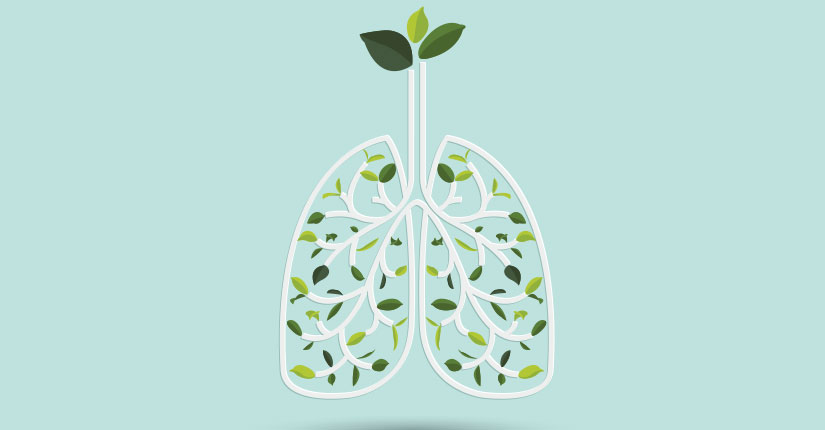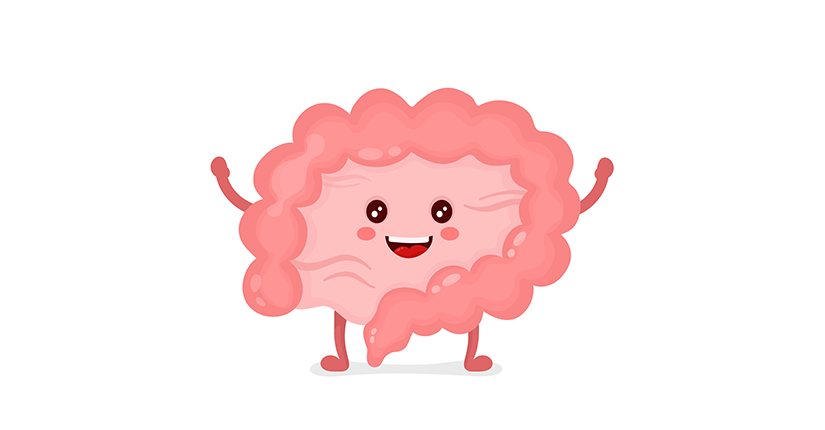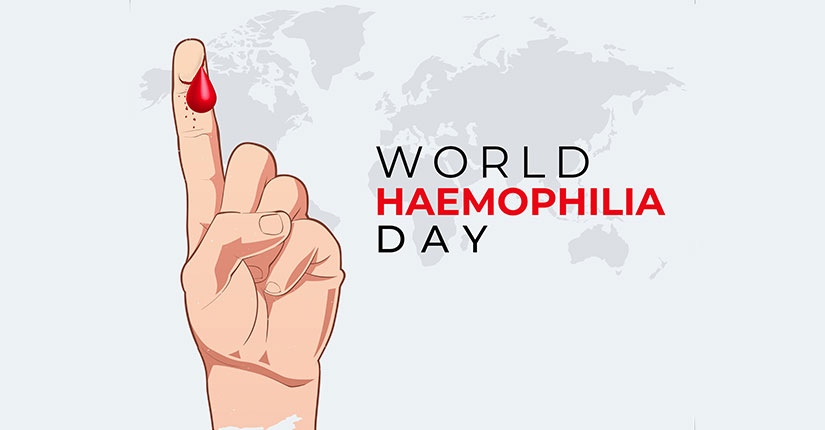Vitamin Deficiency: 8 Common Signs And How To Deal With Them
By Nmami Agarwal 08-Feb 2022 Reading Time: 5 Mins

Our body requires a balanced diet, loads of minerals and nutrients. Lacking in any of the nutrients can lead to symptoms that are visible or are unpleasant. These symptoms are a way of communication from the body regarding deficiencies within the body. Being able to recognize these signs and working towards them helps adjust your health and make you function efficiently.
Some of the very common signs of deficiencies are-
1- Brittle hair and nails
This happens due to the lack of Vitamin B7 also known as Biotin, which is responsible for converting food into energy. Although this deficiency is very rare, the most common symptoms are brittle, thinning, or splitting hair.
Other symptoms include chronic fatigue, muscle pain, tingling in the hands, feet and cramps. Prolonged use of antibiotics and anti-seizure can be a risk factor.
Food rich in biotin is egg yolks, fish, meat, dairy, nuts, organ meats, spinach, seeds, cauliflower, sweet potatoes, whole grains, yeast, bananas, broccoli, etc.
2- Mouth ulcers
Often are a result of iron deficiency or B Vitamins. Most patients with mouth ulcers are found to be deficient in iron, thiamine (Vit B1), riboflavin (B2), or pyridoxine (B6).
Foods rich in iron are dark leafy vegetables, nuts, seeds, poultry and vitamins are starchy vegetables, green vegetables, dairy, legumes, etc.
3- Bleeding gums
Lack of Vitamin C or rotting gums can be the reason. Vitamin C plays an important role in wound healing or immunity.
Diet with less vitamin C can lead to scurvy, depressing the immunity system, weakening the bones and muscles.
Common signs are easy bruising, slow wound healing, dry scaly skin and nosebleeds.
To fight vitamin C, ensure consumption of fruits and vegetables daily.
4- Bad night vision or white growths on eyes
Vitamin A deficiency can lead to night blindness. The deficiency is rare and excess of the vitamin can lead to storage in fat cells & becomes toxic. Symptoms of the toxicity of the vitamin can include nausea, headaches, skin irritation, joint and bone pain.
5- Scaly patches and dandruff
Seborrheic dermatitis and dandruff affect the oil-producing areas of the body. The common problems include itchy, flaky skin and dermatitis that appears on the face, upper chest, armpits, and groin. This happens due to the deficiency of zinc, niacin, riboflavin and pyridoxine.
Good sources are meat, seafood, dairy, nuts, etc.
6- Hair Loss
Hair loss can be prevented by a diet rich in Iron, Zinc, Linoleic Acid (LA) or alpha-linolenic acid (ALA), Niacin, and Biotin. For this, your diet should consist of seeds, egg yolks, organ meat, legumes, nuts, walnuts, flaxseeds, chia seeds and soy nuts which are high in ALA.
7- Red or white bumps on the skin
Keratosis pilaris is observed in people with low vitamin A and C levels, food items like yellow-orange colored vegetables, fruits, eggs and dairy.
8- RLS
Restless leg syndrome is a nerve condition that causes unpleasant sensations and is seen in iron-deficient people. Iron-rich food can help.
Footnote
Knowing and understanding your body is a necessity to treat it naturally.





















